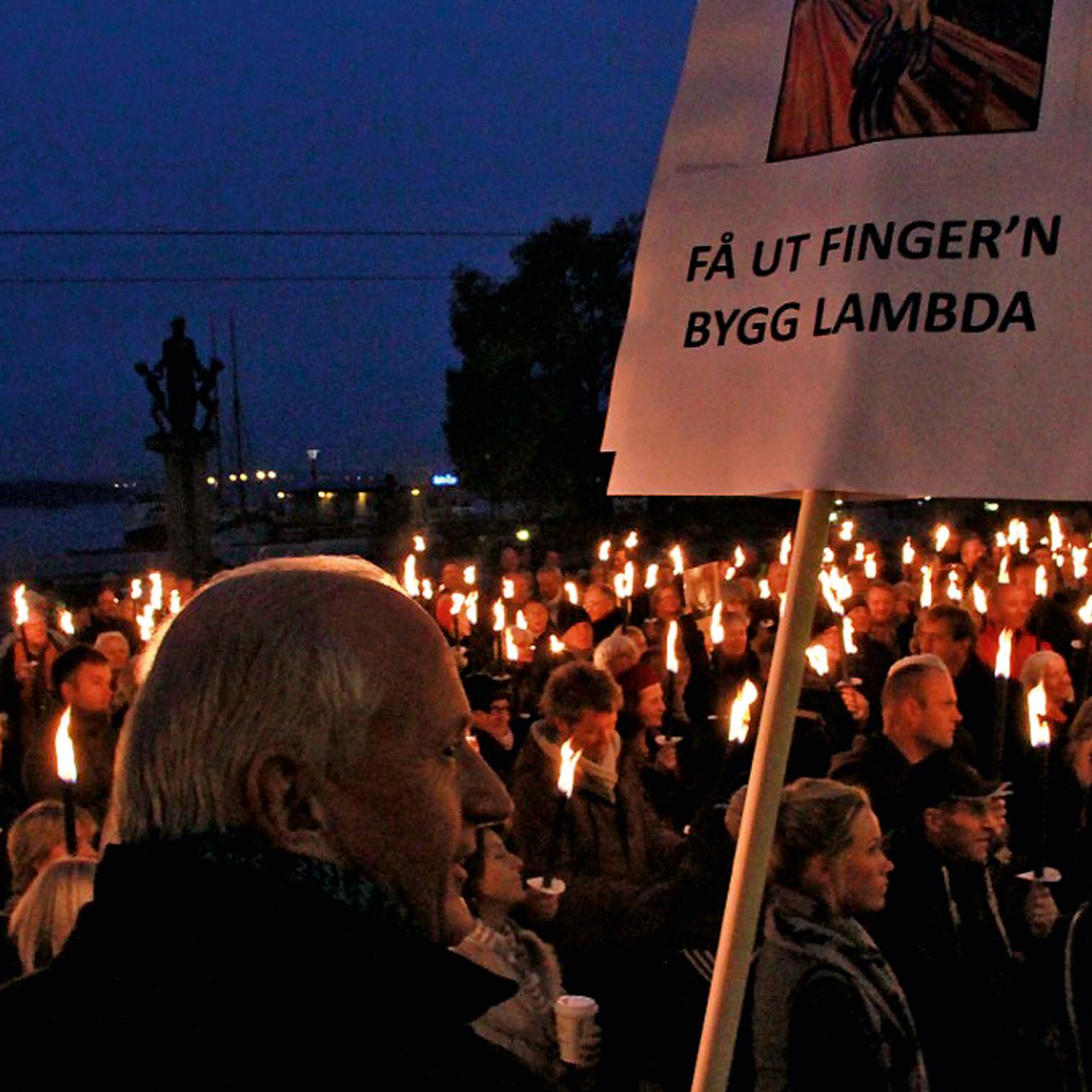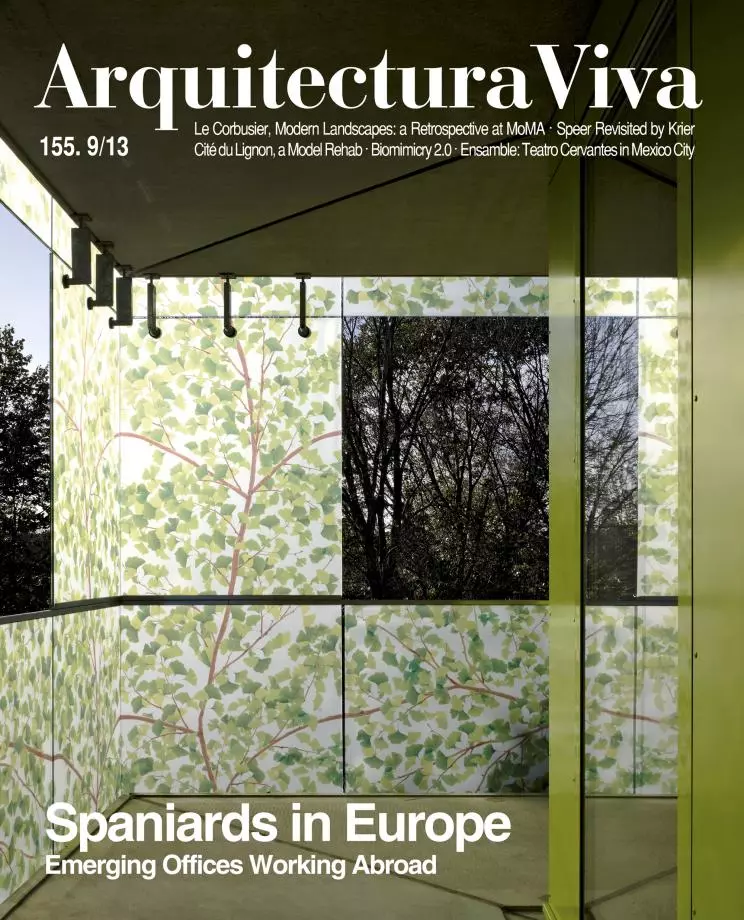
On 5 June, after five years of intense public controversy, the City Hall of Oslo authorized the construction of Lambda, the project drawn up by Herreros Arquitectos for the new Munch Museum, Norway’s leading emblem and a must-stop in the art circuit. The collective discussion over the architectural project, winner in 2009 of the limited competition for the transfer of the old museum of Tøyen to the seafront of Bjørvika, has become an opportunity for Norwegian society to debate on how to update its relationship with Munch’s legacy, the city and the sea.
That the museum could stay where it is or be moved to the empty building of the old National Gallery, the height of Lambda, the use of imported technology and the idea of putting the installations underground are issues that have unleashed many a polemic in offices, the media and everyday conversations. Anonymous citizens have organized walks with torches to support the project. A photo of Herreros has even appeared in Sunday crossword puzzles. Public figures like Jørn Holme, Director of National Heritage, or Tom Remlov, Manager of the Norwegian Opera and Ballet, have openly aired their disagreements in specific matters like the transfer of the institution from the center to the coast or the proximity between the museum and the opera house.
What’s interesting is that the transparency and diversity of the discussion has been the doing of the architects and Olso City Hall, through the formation of an intricate network of agencies that in complexity is symmetrical to the network of requirements which the project gave rise to. A figure was created, that of Ole Slyngstadli, to represent the needs of the client. The team of Herreros Arquitectos, coordinated by architect Jens Richter, added the agency Geelmuyden.Kiese to the lawyers, communications agencies, local architects (LPO) and Norwegian technical consultants, hiring it for the task of connecting the architectural discourse to the concerns of the different sectors of society. For example, it detected that describing the design as a crystalline prism tended to cause confusion in the minds of those worried about the preservation of Edward Munch’s works, unaware as they were that the exhibition halls would be safely placed within opaque enclosures. The engineering budget is the responsibility of Advansia, which is to control costs and quality in the program. Add to this the innovation of a network of Madrid consulting practices placed in charge of posing challenges to the conventional.
The project maintains its original budgets, but has evolved to adapt to the discussion: gone is the basement, the MEC installations have been moved to the insides of the foyer beams, and construction will tap local technologies. Moreover, the Tøyen neighborhood will in compensation be invested in. The new Munch Museum is to open in the year 2018, in a version similar to but at the same time socially very different from the competition proposal. Had it not been accepted, beyond emotional costs there wouldn’t have been any major casualties, as every step in the process has been remunerated.
Juan Herreros maintains that social commitment and material design come together in the architectural project. ‘Everything is design’. As he said in the last Venice Biennale, construction details are both promoters and products of the associative fabric necessary for a project to soak itself in the diversity of opposed interests and sensibilities it affects. This way of working that builds associations between the technical and the political, and between the procedural and the material – categories normally mutually exclusive –, is what defines the Lambda project and, in general, the work procedures of its architects.





